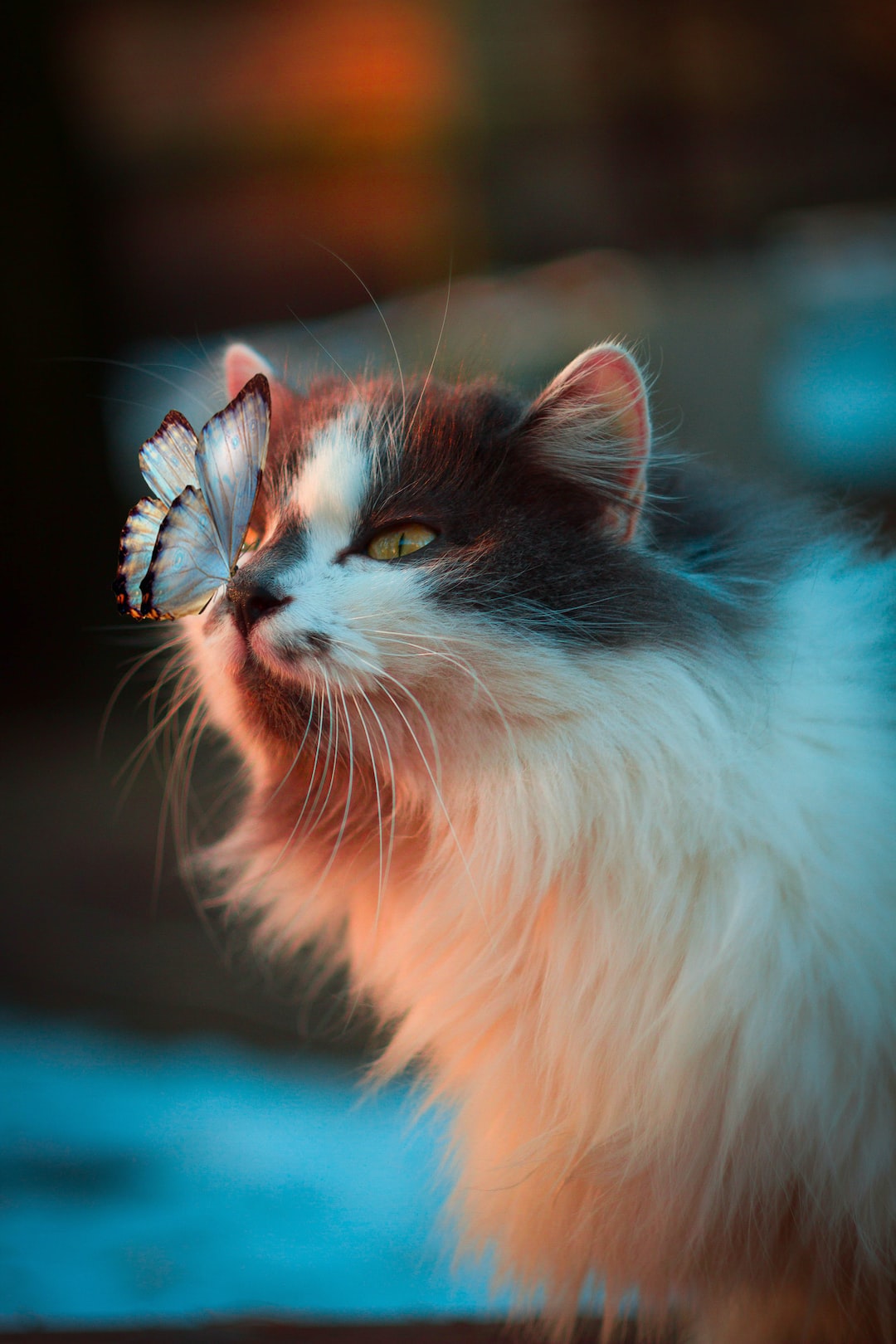Understanding Cat Behavior: Decoding Their Body Language
Cats have long been known for their mysterious and enigmatic behavior. From their independent nature to their unpredictable actions, feline behavior has fascinated and puzzled pet owners for centuries. One key aspect of understanding our furry feline friends lies in decoding their body language. By paying close attention to their signals, we can unravel the secret language of cats and improve our relationship with them.
Tail Talk
A cat’s tail is like a window into their emotions and intentions. When a cat holds its tail high and curved, it is showing confidence and contentment, a sign of relaxation. Conversely, when a cat tucks its tail tightly between its legs, it is a clear indication of fear or stress. A twitching tail can mean excitement or irritation, so it’s essential to assess the context and other behaviors to accurately decipher their message.
Ears and Eyes
Cats are masters of non-verbal communication, and their ears and eyes play a crucial role in expressing their emotions. When a cat’s ears are facing forward and slightly tilted, it is a sign of interest and attentiveness. However, flattened ears against their head indicate anxiety or aggression. Similarly, dilated pupils usually suggest excitement or fear, whereas narrowed pupils can mean aggression or focus.
Purring and Meowing
Purring is often associated with contentment, but it can also indicate a range of other emotions. Cats may purr when they are in pain, anxious, or even when they are hungry. To understand the true meaning behind a cat’s purr, it is necessary to observe their overall behavior and context.
Meowing is another form of feline communication that varies in tone and intensity. While a soft, gentle meow usually signifies a friendly greeting, a loud, high-pitched meow might indicate distress or demand for attention. Familiarizing ourselves with our cat’s unique vocalizations will enable better communication and understanding.
Posture and Movement
A cat’s body posture is a telltale sign of their mood. When a cat is crouching low to the ground with a hunched back, it is a sign of fear or submission. Conversely, an arched back and a raised tail are indicative of aggression or defensive behavior.
Understanding a cat’s movement is equally important in interpreting their behavior. A slow, deliberate walk usually demonstrates confidence, while quick and erratic movements may suggest anxiety or playfulness. Paying attention to the rhythm and fluidity of their movements can provide valuable insights into their emotional state.
Grooming and Scratching
Grooming is an essential part of a cat’s routine, but it also serves as a form of communication. When a cat licks itself, it expresses both self-soothing and marking behaviors. Mutual grooming between cats within the same household strengthens social bonds and shows trust.
Scratching is another behavior that can perplex cat owners. While it may seem destructive, scratching is a natural instinct for cats. It allows them to mark territory, stretch their muscles, and keep their claws sharp. Providing appropriate scratching surfaces and encouraging positive scratching behavior can prevent unwanted damage to furniture while helping cats feel secure and confident.
Understanding our cats’ body language is an ongoing process that requires observation, patience, and a deep connection with our feline companions. By interpreting their signals correctly, we can respond appropriately and create a nurturing and harmonious environment for our beloved pets.
In conclusion, decoding a cat’s body language can provide valuable insights into their emotions, needs, and desires. From their tail talk and ear movements to their vocalizations and grooming habits, cats have a rich and complex form of non-verbal communication. By paying attention to these cues and understanding their meanings, we can bridge the gap between human and feline languages, fostering a stronger bond and ensuring the happiness and well-being of our beloved furry friends.
